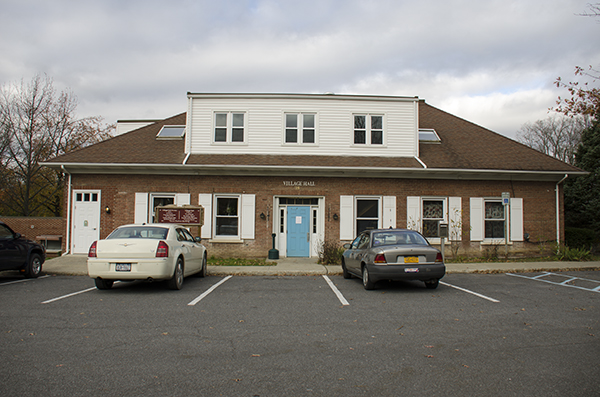
Fairweather Consulting, a New Paltz consulting firm, recently conducted a study to show the potential benefits of consolidating the Town and Village of New Paltz and creating a “coterminous” community.
Peter Fairweather, president of Fairweather Consulting, conducted the study by using “most recent and historical” budgets from the Village and Town. Fairweather said the group also referenced the annual reports both governments file with the New York State Comptroller’s office.
“We also did in-depth interviews with the department head for both governments to understand how they provided services and how their operations would be affected by consolidations,” he said.
During a joint Town and Village meeting on Thursday, Nov. 1, Village Trustee Sally Rhoads proposed the board set a date to hold the referendum before the April 1 deadline for the Citizens Empowerment Tax Credits (CETC), which provides up to $1 million in state aid to local governments who agree to consolidate.
Town Supervisor Susan Zimet said they set Monday, March 18, as the goal to try to get everything done and “feel comfortable” putting consolidation on the ballot.
“Eventually the two boards, the town and village, have to vote on this to put it on a ballot for the residents to vote on this coterminous government,” she said. “If we don’t vote and agree to consolidation by April 1, we have to wait another whole year to be eligible for the million dollars.”
During the meeting, Village Mayor Jason West said he was “opposed to this tooth and nail” and questioned how “legitimate,” “thorough” and “accurate” the reports conducted so far were, including the 2012 Fairweather study.
“We…don’t deserve to be telling people that we’re going to make their lives better if they just vote ‘yes’ on a referendum for consolidation, because it’s a nice idea to have one government,” West said. “That’s the only argument any of us have until we have the data. The data that Fairweather was supposed to be providing us and failed to, [and] the data these committees were established to pull together and are still in the process of doing.”
Zimet addressed the fact that people have said the study was “lacking” and not “comprehensive enough,” but said that it was “just the beginning, not the end.”
“The study was just a framework to say this is the thought of how New Paltz should consolidate but now it is up to us, as the elected officials, to start to now say ‘Okay, how do we fill in the gaps and come up with concrete information that justifies doing consolidation or not?’,” she said.
Fairweather said they were careful to minimize financial benefits so people don’t get “an overly optimistic picture of savings from consolidation.” He said they conducted the survey under the assumption that there would be “virtually” no reduction in paid staff positions and that New Paltz would not receive the CETC.
Zimet said the state aid, of which 70 percent had to be used for property tax reduction, is “in perpetuity,” meaning that it is not a one time gain.
“In a time when people’s property taxes have exceeded their ability to pay, that million dollars could go a long way,” Zimet said. “As long as the legislation stands, it would be a million dollars a year and…in New Paltz [that] is an excessive amount of money.”

